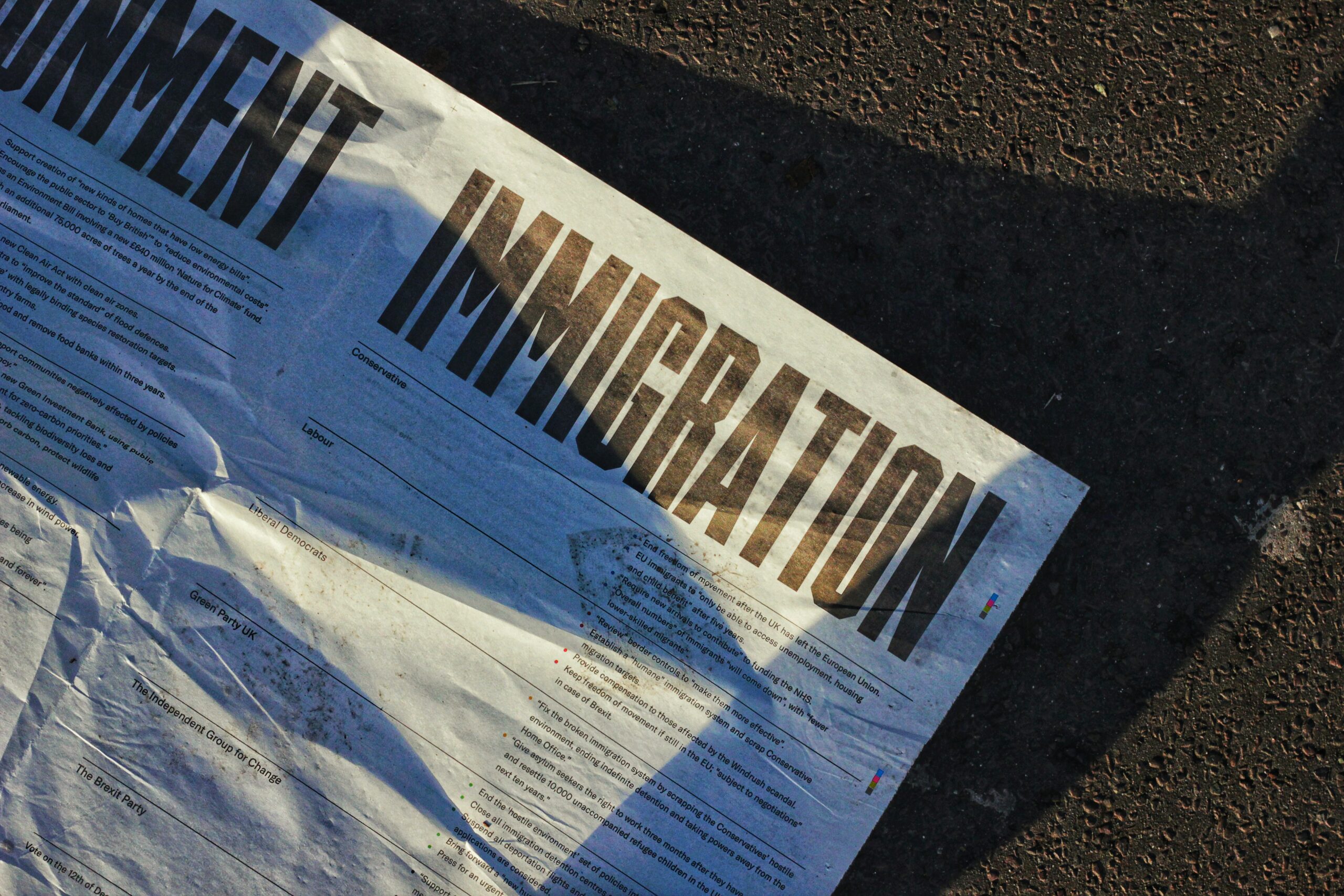Our services include migration program planning.
On May 14, 2024, the Australian Government announced 185,000 places for the 2024-25 permanent Migration Program. While expanding the local pipeline of highly talented individuals, the Permanent Migration Program will cover skills shortages in important sectors and prioritize visa processing for regional Australia.
The 2024–25 Migration Program acknowledges all migrants’ contributions to social cohesion. It strengthens Australian family and community relationships.
A tailored, skills-focused Migration Program supplements working-age participants. It increases participation and employment.
The 2024–25 permanent migration program includes:
1. This stream (132,200 spots, 71% of the program) aims to boost productivity and meet skill shortages in regional Australia.
2. Family stream (52,500 seats, 28% of the program) – Partner visas allow Australians to reconcile with abroad family members and give avenues to citizenship.
3. In 2024-25, 40,500 partner visas are expected for planning purposes, driven by demand.
Plan for 3,000 child visas in 2024–25, this is a demand-driven category.
4. Special Eligibility stream (300 seats) – Permanent residents returning to Australia after a stay abroad can apply for this visa stream.
Planning levels for 2024–25 permanent migration
The 2024–25 permanent Migration Program is planned for 185,000 people, allocated 70:30 between Skill and Family streams.
Employer-sponsored visa
The Government plans 44,000 Employer Sponsored visas for the 2024–25 permanent Migration Program, an increase from 36,825 in 2023–24.
This planning level builds on the Government’s November 2023 enhanced permanent residence pathway. Through the Temporary Residence Transition Stream, more temporary migrants will obtain permanent residence faster.
Visa category by state/territory
In the 2024–25 Migration Program, the Government has expanded the State/Territory Nominated and Regional categories to 33,000 visas.
These categories, which include state and territory government visas, take up 36% of the planning level and 50% of the Skill stream.
Increasing State and Territory Nominated and Regional planning will help jurisdictions attract talented migrants to satisfy their economic and labor force needs. Regional category planning increases will support important Migration Strategy commitments to regional Australia, including priority visa processing.
Skilled Independent visa
The 2024–25 Migration Program includes 16,900 Skilled Independent visas. This is reduced from the 2023–24 program allocation of 30,375 places but still far above COVID-19-era planning levels of 7,500 and 6,500 places in 2020–21 and 2021–22.
Business Innovation and Investment Program visa
BIIP planned has been cut from 1,900 visas in 2023–24 to 1,000 for the 2024–25 permanent Migration Program. The Government declared in the Migration Strategy that it will not allocate further BIIP funds while considering a new talent and innovation visa. This National Innovation visa will be available in late 2024.
From July 2024, the BIIP will stop permanently and no longer accept Business Innovation and Investment (Provisional) (subclass 188) visa applications. Australian economic outcomes are low due to the BIIP, according to the Migration Review. Other studies, such as those by the Treasury, the Productivity Commission, and the Grattan Institute, have also shown this to be true.
Subclass 188 BIIP visa applications will be processed according to Government priorities and Migration Program planning levels. BIIP policy guidance will be tightened to ensure that all business migrants to Australia through this program have a successful business career and will help the economy.
Those with a subclass 188 visa who complete the requirements for the Business Innovation and Investment (Permanent) (subclass 888) visa can remain on the current pathway after July 2024.
Reducing BIIP planning will ensure the 2024–25 permanent Migration Program targets highly skilled immigrants who will strengthen the economy.
Visa for global talent
The Government reduced the Global Talent Visa Program planned to 4,000 visas for the 2024–25 Migration Program.
This planning level supports the Government’s talent and innovation reforms and covers the Global Talent visa program’s final year before transitioning to the National Innovation visa. With the new visa, the government will make it possible for the most skilled and exceptional immigrants to get permanent visas. This includes successful business owners, big investors, and global researchers. Global Talent visas will include 2024-25 National Innovation visas.
Home Affairs will assist applicants, including Global Talent visa holders, during the transition to the new National Innovation visa. The move will not affect Global Talent visa applicants. Visa applicants are evaluated for eligibility at the time of application.
Family stream
Government maintains family stream size. An essential component of Australia’s migration system is family migration. It helps Australians and permanent residents reconcile with family and strengthen social cohesiveness. The Australian Government recognizes immigrant parents’ social contributions to their families and communities.
The family stream’s largest category is partner visas. The Partner program switched to a demand-driven model in 2022–2023 that includes:
- Recognizing the social, economic, and demographic benefits of family reunification, the Partner visa program allows for flexibility to meet demand and shorten processing times for applicants.
The Parent visa program has 8,500 places, while the Other Family (including Aged Dependent Relative, Remaining Relative, and Carer programs) has 500. - Australians can sponsor their dependent, adopted, or orphaned kid under the kid visa program. The Child program is demand-driven and limited to 3,000 places for planning. The Australian Government prioritizes child reunification with Australian parents or sponsors. By doing this, we can be certain that we fulfill our international commitments to put children’s interests first.
Consultation for the Permanent Migration Program in 2024–25
The Migration Program’s scale and composition are established annually in conjunction with the Australian Government’s budgetary process.
To inform the 2024–25 Migration Program’s planning levels and policy settings, consultation was conducted with state and territory governments, academia, industry, unions community organizations.
The Australian Government takes the following into account when developing the Migration Program:
- Submissions made by the general public
- Economic and labor force estimates
- International research Demand for permanent visa programs
- Net migration abroad
- Economic and fiscal modeling.
As part of the planning process for future Migration Programs, the Department invites public submissions. Submissions necessary to inform the 2024–25 Migration Program have been closed.
Visa nomination allocations by state and territory
Migration Program nomination allocations are offered to states and territories for the following visa categories:
Nominated skilled (subclass 190)
Regional Provisional Skilled Work (491).
Each state and territory evaluate candidates using local criteria.
The Permanent Migration Program and net overseas migration
Permanent Migration Program is only part of net overseas migration. A temporary migration, such as that of Working Holiday Makers and Students, is included in NOM. Australians, New Zealanders, and humanitarian migrants are included.
The Permanent Migration Program has shrunk since 2022–23, although it is not responsible for NOM volatility. Nearly 60% of permanent Migration Program visas are granted to migrants living in established households onshore. This lessens the immediate effects of the permanent migration program on housing, utilities, and infrastructure.
Migration planning for several years
Moving from a 12-month cycle to a multi-year planning paradigm in 2025–26, the Migration Program will plan for four years.
Extending Australia’s Migration Program will help migration planning align with with long-term infrastructure, housing, and services planning across all levels of government. Housing supply will be one of the primary factors that will influence the complete course of long-term migration planning in the multi-year approach.
Later this year, public input on the first four-year cycle (2025–26–2028–29) will get started.



Add a Comment